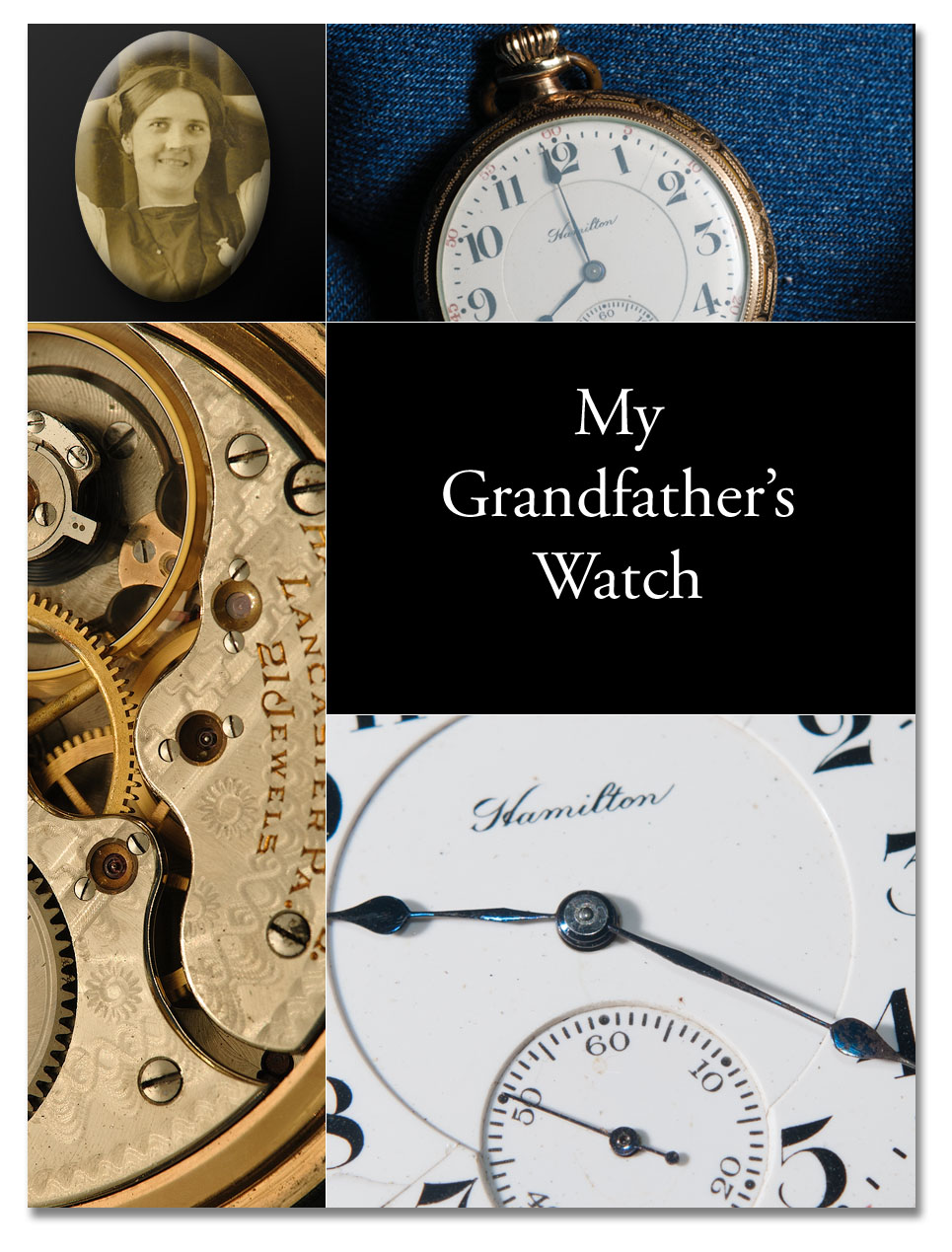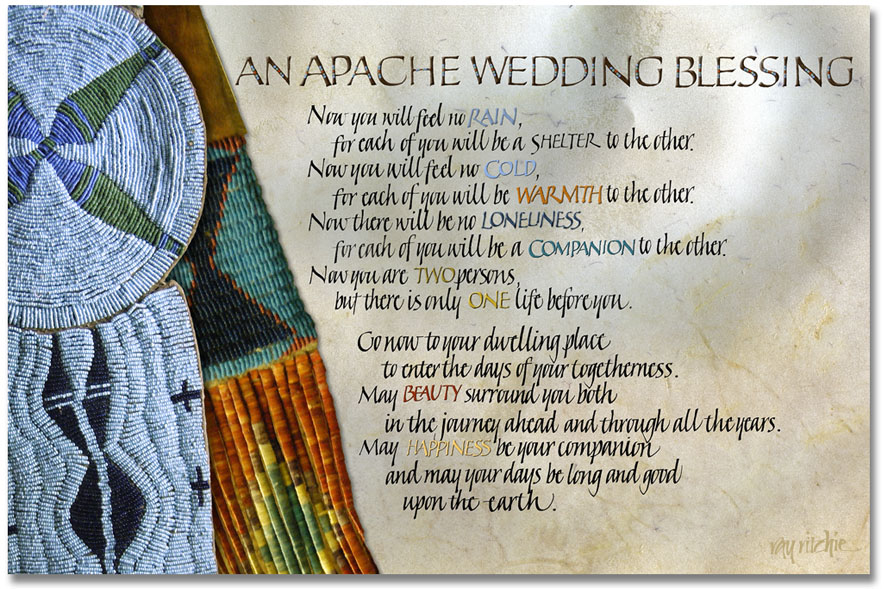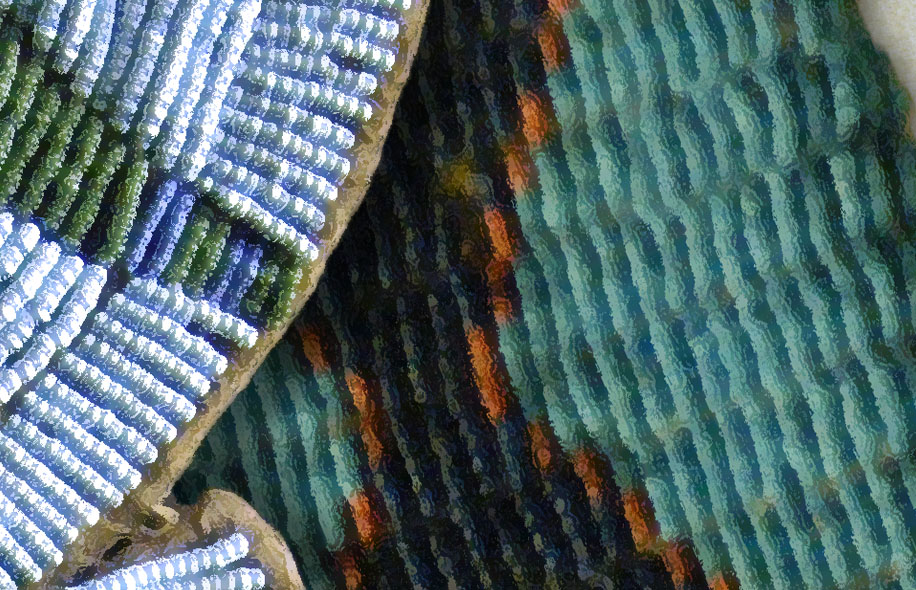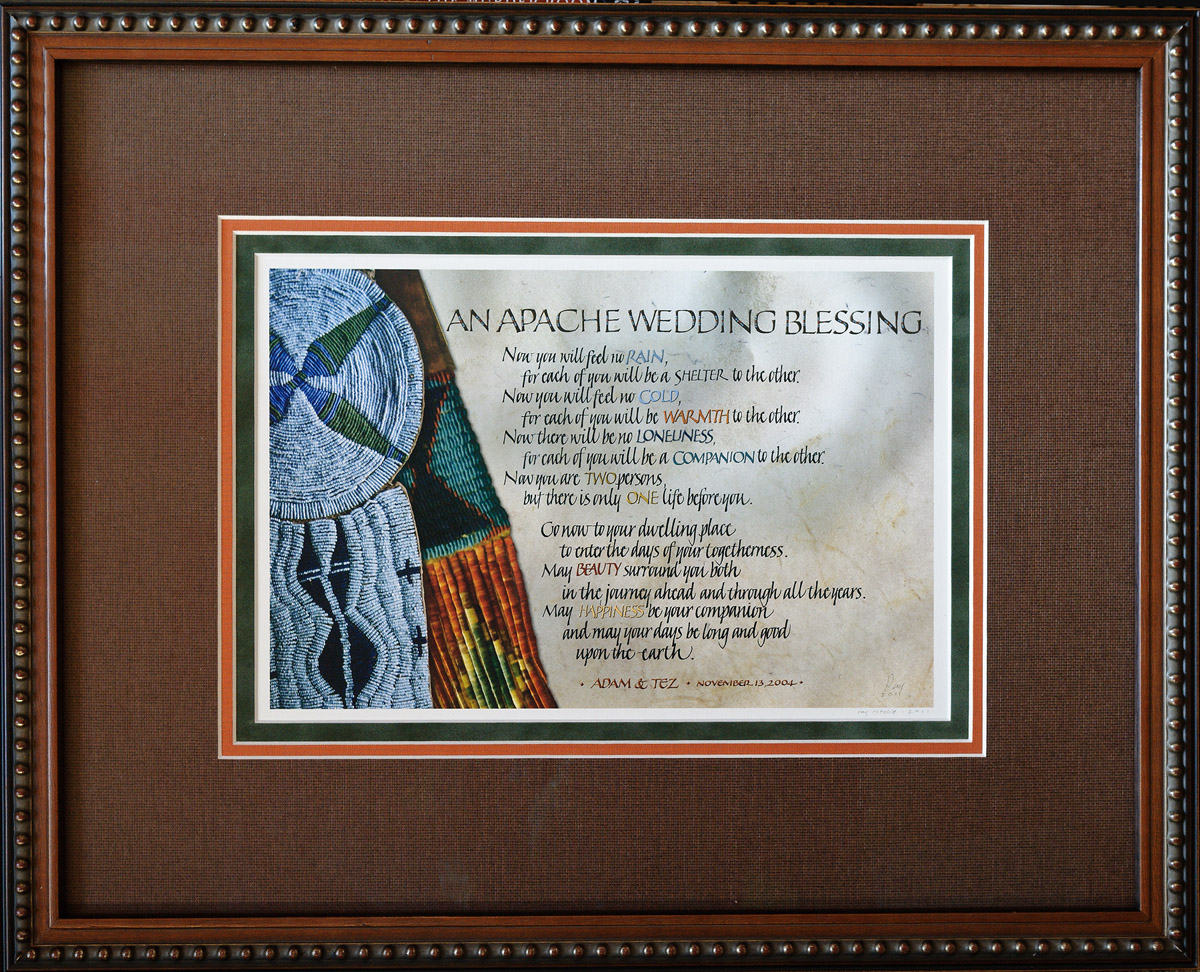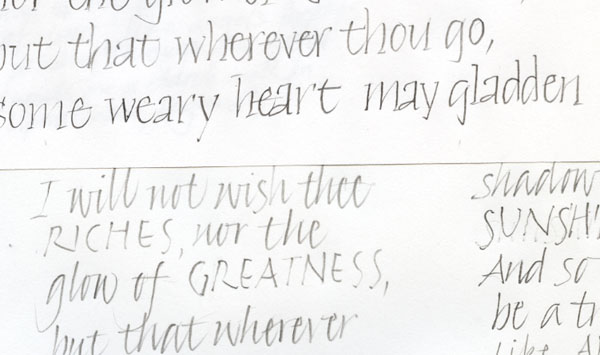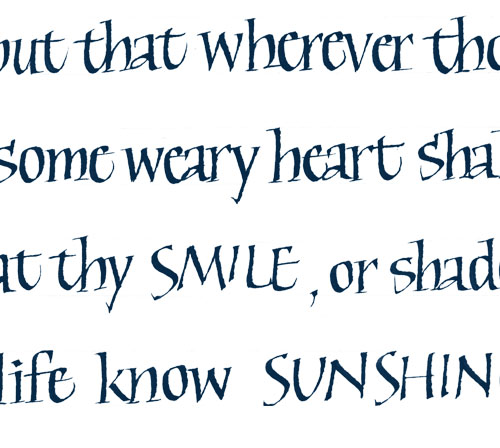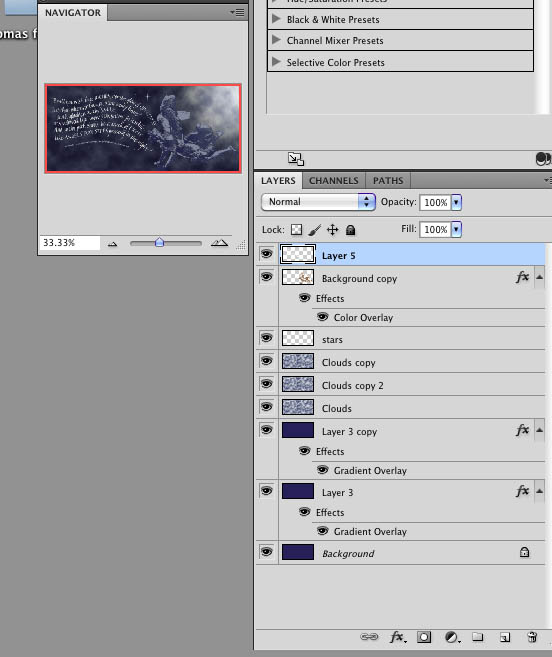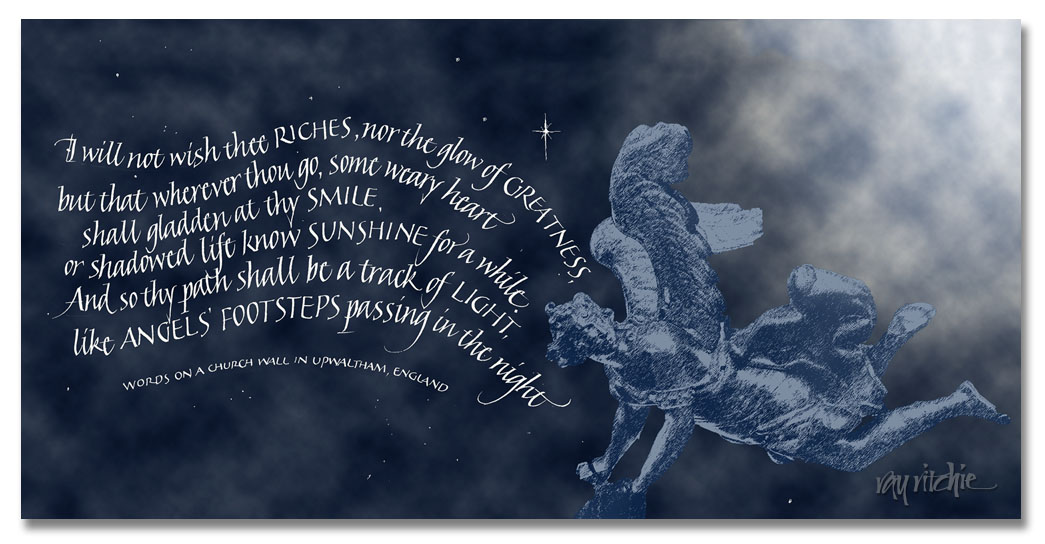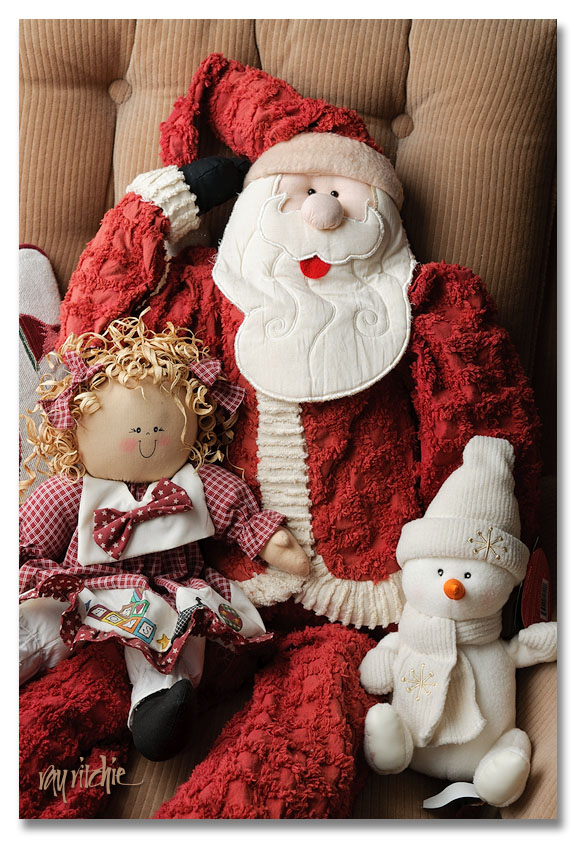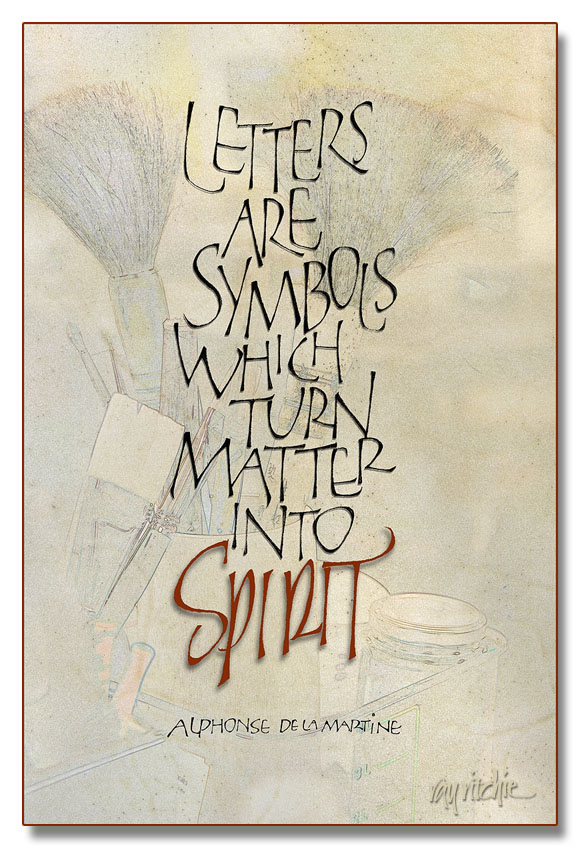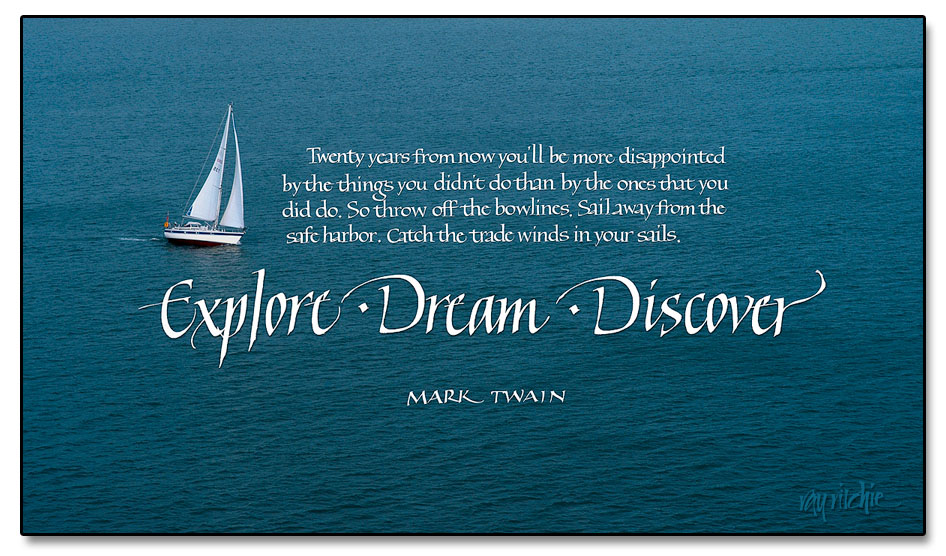I recently inherited a pocketwatch. It’s a Hamilton Model 992 “railroad” watch, so-called because this model became one of the standard accessories of the railroad conductor in the US at the turn of the 20th century. This watch had been sitting on the dresser in my parents’ bedroom, mounted on a brass stand, for a number of years. I assumed the stand was something my mother had found for my dad, and that this was probably his father’s watch. When I first brought it home and wound it, it seemed to run fine, but I had no idea about how to set it, or even open the case. After a bit of web research, I learned that the case was a screw-on style, and that the watch could be set by opening the “crystal” (which is really a form of plastic) and pulling out a setting lever, which would then allow the hands to be set with the stem. I also saw photos on the web that showed that the watch serial number would appear on the works, beneath the back case. When I unscrewed the back, I was surprised by a tattered piece of paper falling to the floor. Picking it up and turning it over, I found a photograph, not of my father’s mother, but my mother’s mother. So now it appears this watch was owned by my Granddad Bourne, not Granddad Ritchie.
All the photos I had ever seen of Grandma Bourne in her young days were serious, unsmiling portraits, usually in a family group. This one, in contrast, is almost a glamor shot, with Grandma posed pulling up her hair behind her head, smiling – my guess is that it may have been a special memento she had made especially for Granddaddy, perhaps some time around World War I, when he was stationed at Camp Zachary Taylor, in Louisville, Kentucky. The camp was opened in 1917, and closed in 1920. Other than my grandfather, one luminary of note stationed there was F. Scott Fitzgerald.
From the serial number inside the case, I learned (from tables of serial numbers on several watch collector websites) that this watch was manufactured in Lancaster, Pennsylvania around 1905. Since Granddaddy would have been only 12 years old that year, it seems likely that the watch may have originally belonged to someone else – maybe his father.
The photo of Grandma in the montage above has been heavily retouched – the original had many cracks, scratches, and stains. I’ll try to do another post showing the “before” and “after” of that restoration. I don’t think the watch is especially valuable, but it’s at least a nice curiosity, since it works and was one of the earliest copies of this model. The 992 was apparently introduced in 1903, and I believe only about 8000 had been made by 1905; however, several hundred thousand copies were eventually manufactured, so it’s not a rare specimen. This particular watch has cracks in the porcelain face, which reduces its value to collectors. Still, to me it carries timeless, invaluable memories. It is now sitting on my dresser, keeping time to within about 30 seconds a day, and I think of my grandparents each day as I wind it.

